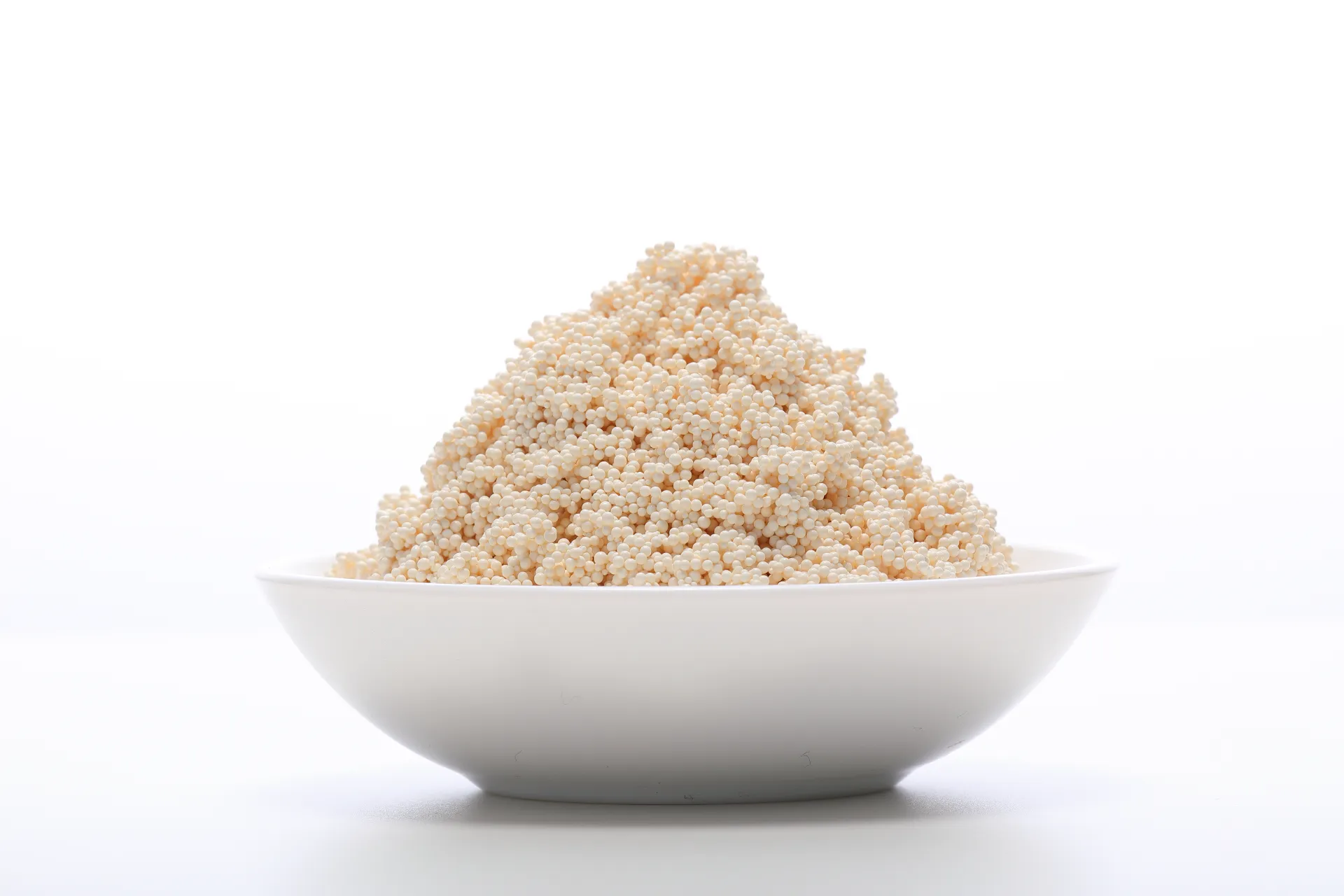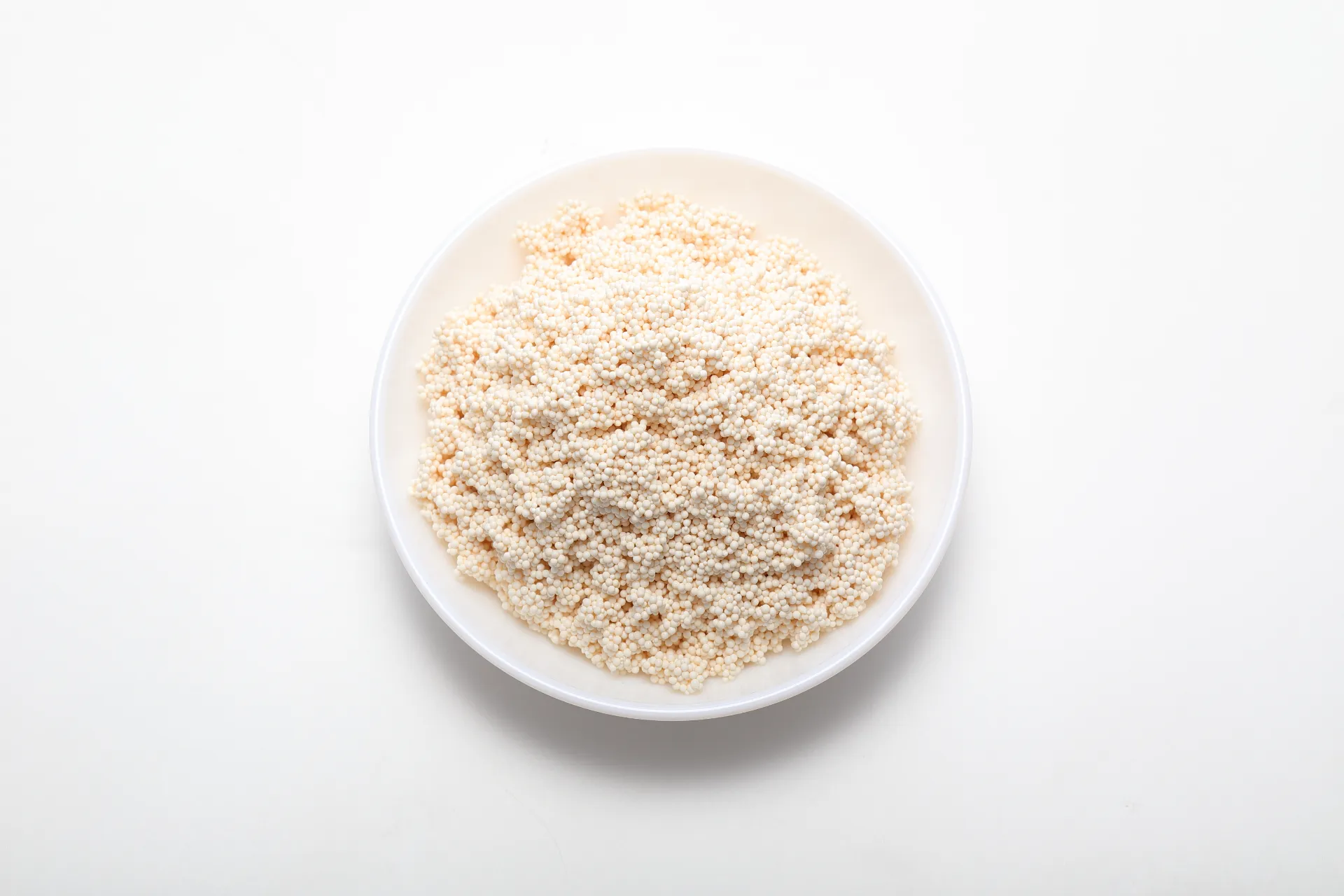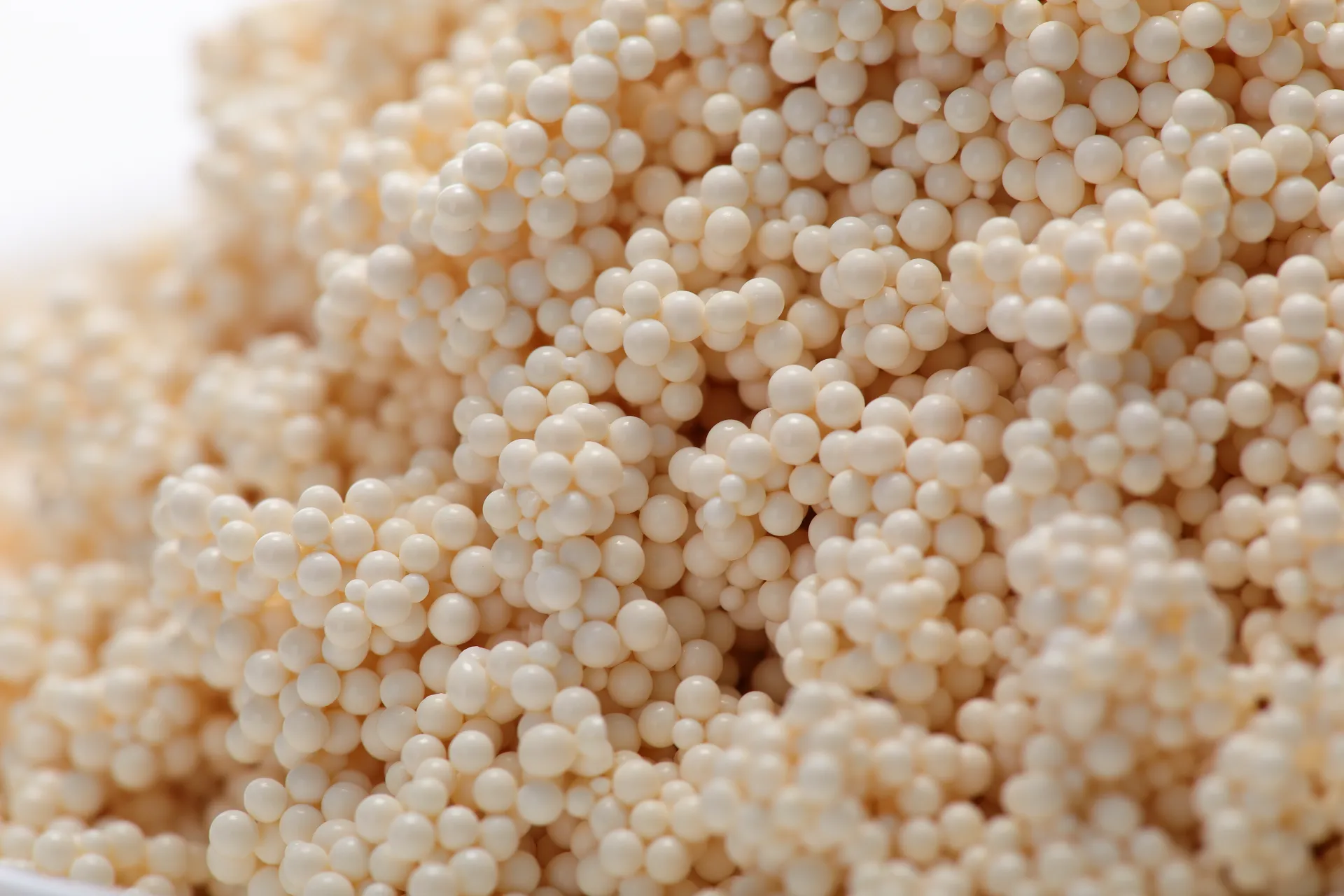Inside D201 SC: The Macroporous Strong Base Anion Exchange Resin Everyone’s Talking About
In power plants and high-purity water rooms, the quiet hero is often an macroporous resin. To be honest, I didn’t expect the D201 SC to spark so many hallway conversations this year—but it did, especially among engineers chasing lower silica leakage and longer run lengths.

What it is—and why it matters
Product name: Macroporous Strong Basic Anion Exchange Resin D201 SC. Built on a polystyrene–DVB macroreticular matrix and functionalized with quaternary ammonium groups (–N(CH3)3), it behaves like a “solid alkali.” In fact, users tell me it’s tough—excellent abrasion resistance—and surprisingly forgiving in high-alkalinity regenerations. The piece everyone watches: its very good silicon removal performance in mixed-bed or demin lines.
Origin: NO.2 East Jianshe Road, High-Tech Industrial Development South Zone, Wei County, Xingtai, Hebei Province, China. I visited that cluster a while back; the supply chain is tight, which helps lead times.
Industry trends
Utilities and microelectronics are pushing for lower silica (macroporous resin matrices is up because they resist osmotic shock and keep their bead integrity during aggressive cycling. Also, more buyers now ask for NSF/ANSI 61 and ISO 9001 documentation upfront.

Process flow and testing—in plain language
Materials and methods: suspension polymerization (PS–DVB), controlled phase inversion to a macroreticular network, chloromethylation, then trimethylamine quaternization. Post-process: bead sizing, Cl– form conditioning, QC.
Typical tests: capacity and moisture (ASTM D2187), bead integrity/crush strength (ASTM D2187), particle size distribution (laser sieve per manufacturer SOP), pressure drop (per application curve), and drinking-water contact compliance checks (NSF/ANSI 61, when applicable). Service life: around 3–5 years in well-run demin plants; more in gentler polishing duty. Real-world use may vary with oxidants and fines control.
Key specifications (D201 SC, typical)
| Matrix / Type | Polystyrene-DVB, macroreticular; Strong base (Type I) |
| Functional group | –N(CH3)3+ |
| Total exchange capacity | ≈ 1.2–1.4 eq/L (Cl– form)† |
| Moisture content | ≈ 45–55% |
| Particle size | 0.315–1.25 mm; UC ≤ 1.6 |
| Operating pH | 0–14 (avoid free chlorine) |
| Silica control | Low leakage in OH– form; polishing duty ready |
† Tested per ASTM D2187; typical values, not specifications.
Applications and advantages
- Demineralization trains (anion stage, often before mixed-bed)
- Silica polishing for power and steam loops
- Cyanide pulp adsorption in CIC/CIL circuits (yes, it’s niche but real)
- Electronics-grade rinse lines, municipal polishing—case-by-case
Advantages people report: strong crush strength, steady ΔP, and forgiving regeneration with NaOH. Several customers say “less babysitting” during start-up. I guess that’s code for fewer silica spikes.

Vendor comparison (indicative)
| Vendor/Resin | Capacity | Silica Leakage | Crush Strength | Lead Time |
|---|---|---|---|---|
| D201 SC (Liji) | ≈1.2–1.4 eq/L | Low in OH– service | High | 2–4 weeks |
| Purolite A500 | ≈1.2–1.3 eq/L | Low | High | 4–6 weeks |
| Amberlite IRA900 | ≈1.2–1.3 eq/L | Low | High | 4–8 weeks |
Indicative, based on public data and field feedback; verify with current TDS.
Customization and support
Liji offers custom bead cuts, moisture windows, preconditioning (Cl– or OH– form), and packaging for fast wet-out. Regeneration guidance (NaOH 4–8%, 2–4 BV, slow–fast rinse) is shared with commissioning notes. Certifications: ISO 9001; NSF/ANSI 61 available on request depending on lot and market.
Case snippets (real-ish, modestly anonymized)
- 600 MW power plant: macroporous resin swap cut average silica from 120 ppb to 35 ppb post-anion, with 18–22 h run lengths; service life projected at 4.2 years.
- Gold leach CIC: D201 SC handled cyanide-rich liquor with stable ΔP and kept TOC pickup low, reducing caustic usage ≈10% per cycle.
Final thought
If you need resilient macroporous resin performance with solid silica control, D201 SC is very competitive—and, frankly, easier to source right now than some legacy brands.
Authoritative citations
- ASTM D2187 – Standard Test Methods for Physical and Chemical Properties of Particulate Ion-Exchange Resins.
- NSF/ANSI 61 – Drinking Water System Components: Health Effects.
- IUPAC Compendium of Analytical Nomenclature, Ion-Exchange Section; and vendor technical manuals for strong base anion resins.
Hebei Lijiang Biotechnology Co., Ltd, is a new material manufacturer specializing in the production of high-performance special ion exchange resins.mixed bed resin suppliers It is a modern high-tech enterprise that integrates the research and development,production, sales, and service of resin materials and resin terminal products.ion exchange resin The company is committed to producing high-quality industrial grade, food grade,pharmaceutical grade, and nuclear grade resins.cation exchange resin It has passed ISO9001 management certification,SGS certification, and WQA international certification from the American Water Quality Association, and has obtained a national food hygiene license. Food grade resin products comply with FDA standards in the United States.super blog